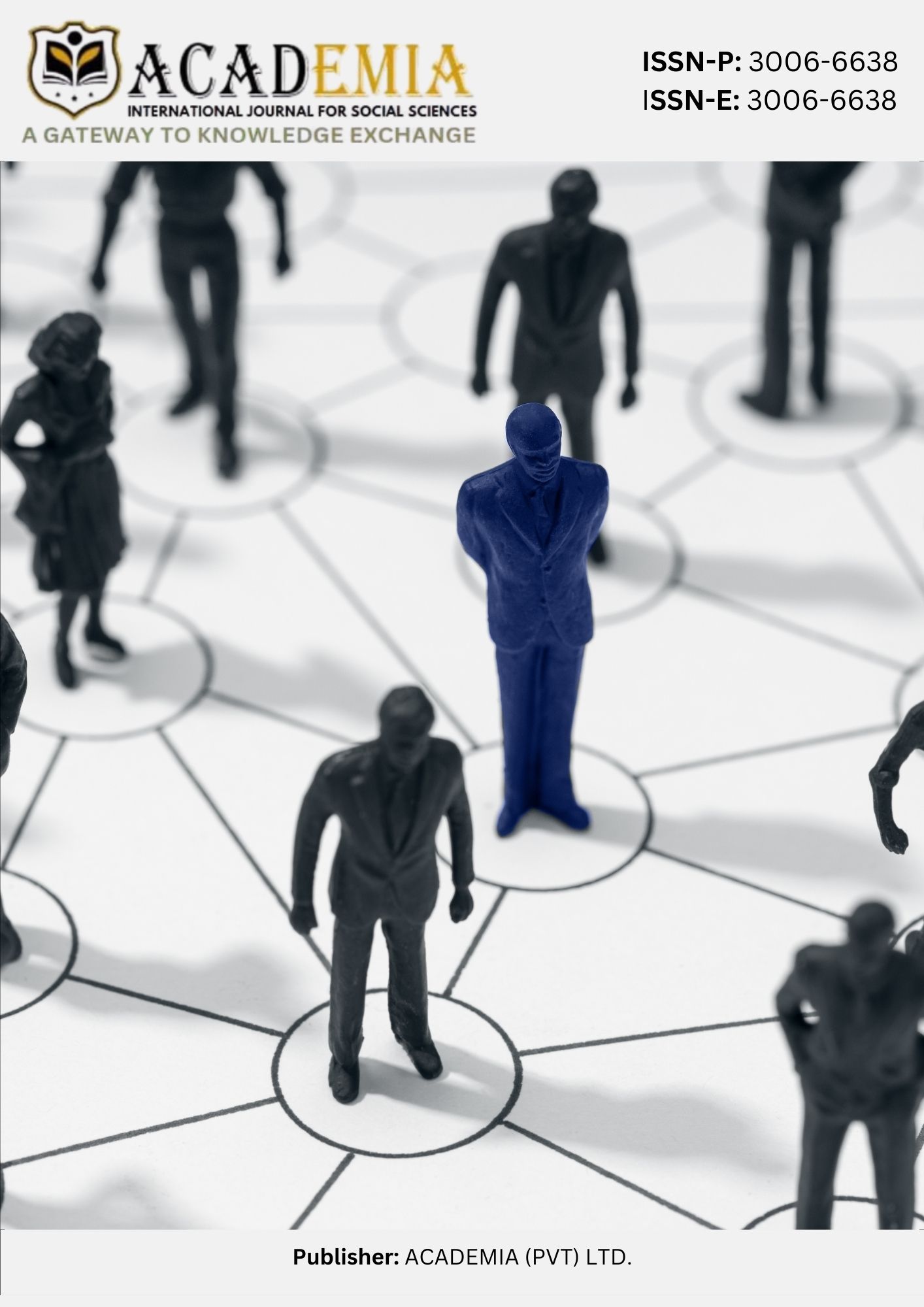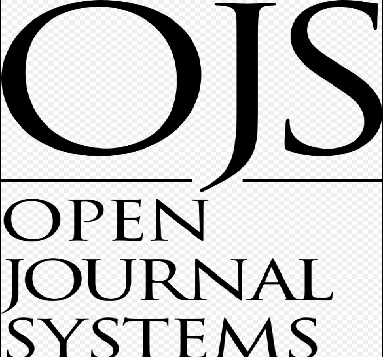Nano-Forensics at the Forefront: Ultrafine Particle Analysis for Explosives and Narcotics Investigations
DOI:
https://doi.org/10.63056/ACAD.004.03.0486Keywords:
nano-forensics , ultrafine particles , explosives detection , narcotics screening , forensic nanotechnology , Nano sensorsAbstract
Nano-forensics is an emerging frontier in forensic science that provides unparalleled sensitivity in the analysis of ultrafine particles (UFPs) formed upon handling and detonation of explosives or exposure to narcotics. The particles, which are normally smaller than 100 nanometers in size, remain in the environment and on surfaces and thus are extremely useful in connecting people, objects, and crime scenes. With the sophistication in criminal activities, the urgency for forensic instruments that can identify trace evidence with nanometer accuracy has become essential. The purpose of this research is to investigate the role of nanotechnologies in the detection of UFPs related to explosives and drugs. The paper integrates nanotechnology-based detection techniques such as Surface-Enhanced Raman Spectroscopy (SERS), fluorescent quantum dots, carbon nanotube sensors, and microfluidic platforms in their applicability in detecting trace signatures of chemicals such as TNT, fentanyl, cocaine, and heroin. It also considers the role of artificial intelligence (AI) integration for better pattern detection and real-time analysis, minimizing field conditions error rates. Critical findings show that nano-sensors can identify substance residues at parts-per-billion levels, well beyond conventional forensic equipment. Portable platforms are currently being used effectively in airports, postal screening facilities, and customs checkpoints, allowing on-site testing with minimal setup. Further, AI-based models have shown enhanced capability to differentiate between chemically analogous substances, reducing false positives that often compromise evidentiary integrity. These developments notwithstanding, issues persist in sensitivity-selective trade-offs, environmental disturbances, cross-reactivity, and standardization. Admissibility, privacy, and surveillance issues under legal and ethical aspects further complicate the extensive application of nanoscale detection. The paper ends by highlighting the need for interdisciplinary research, investment in training, and the development of worldwide forensic nano-signature databases to achieve effective and responsible deployment.
Downloads
Published
Issue
Section
License
Copyright (c) 2025 Muhammad Sajjad, Muhammad Irfan, Muhammad Qideer ul Hassan, Syed Aftab Haider Shah (Author)

This work is licensed under a Creative Commons Attribution 4.0 International License.















